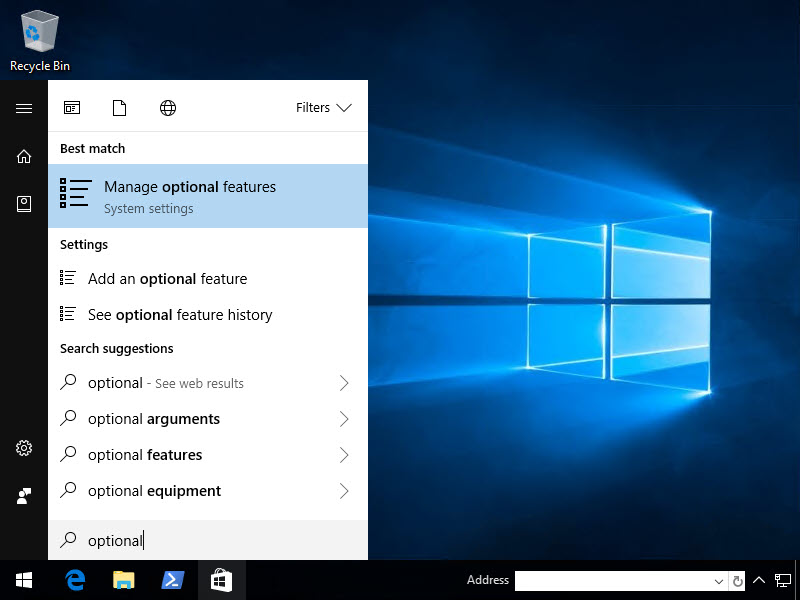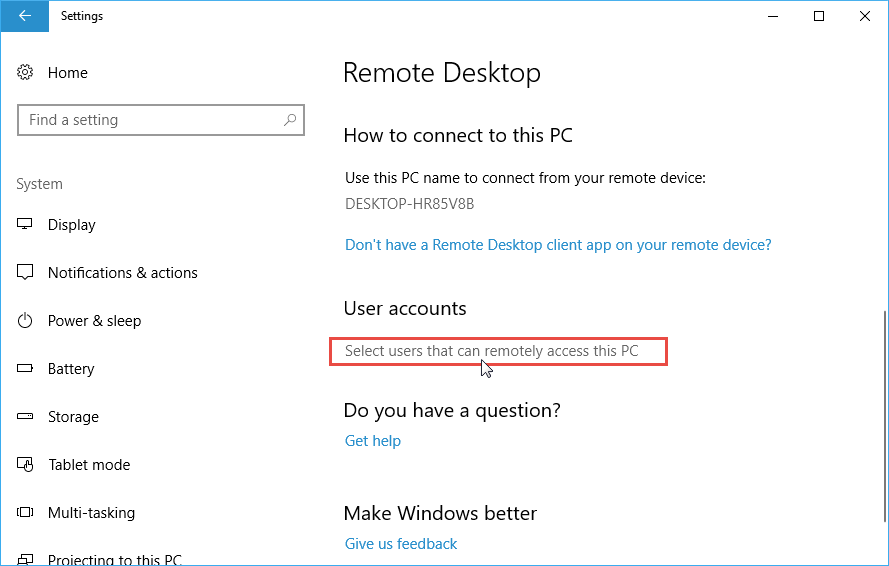
- WINDOWS REMOTE DESKTOP CLIENT WITH SSH TUNNEL HOW TO
- WINDOWS REMOTE DESKTOP CLIENT WITH SSH TUNNEL PASSWORD
- WINDOWS REMOTE DESKTOP CLIENT WITH SSH TUNNEL FREE
- WINDOWS REMOTE DESKTOP CLIENT WITH SSH TUNNEL WINDOWS
WINDOWS REMOTE DESKTOP CLIENT WITH SSH TUNNEL WINDOWS
Please revert for any clarification on this or any Windows issue. In Enter the object names to select, type the name of the user that you want to add, and then click.Locations, and then select the location you want to search. In the Select Users or Groups dialog box, do the following:.In the Remote Desktop Users dialog box, click.If you are an administrator on the computer, your current user account will automatically be added to the list of remote users and you can skip the next two steps. In the System Properties dialog box, under Remote Desktop, select one of the three options, and then click.
WINDOWS REMOTE DESKTOP CLIENT WITH SSH TUNNEL PASSWORD
If you're prompted for an administrator password or confirmation, type the password or provide confirmation. Save credentials and private keys for auto-login. It also supports SCP, SFTP, and Telnet and comes with additional features. Although SolarPuTTY carries the name PuTTY, it does a lot more than just open SSH sessions to remote devices.
WINDOWS REMOTE DESKTOP CLIENT WITH SSH TUNNEL FREE

Start the PuTTY application on your desktop. Remote forwarding represents an inversion of the local forwarding process as described above.

The Remote forwarding allows a remote system to access resources from your local machine.
WINDOWS REMOTE DESKTOP CLIENT WITH SSH TUNNEL HOW TO
Many times during development on k8s you need to port-forward some of the pods services for local development and/or tests. How to configure the SSH tunnel via Putty with RDP forwarding: Open Putty and in the Session enter the connection info for the Linux Server. Example scenario: kubernetes service exporter


Rospo tunnel are monitored and keeped up in the event of network issues. Rospo will generate server identity file on first run and uses standard authorized_keys and user known_hosts files. Update: Greg Depasse dropped me a line quite some time back noting that Remote Desktop actually lets you connect to your host on any internal loopback address but 127.0.0.1 (i.e., you can use 127.0.0.2), which is something I really ought to have figured out on my own (it's. Tunnels are fully secured using standard ssh mechanisms. HOWTO: Get Windows Remote Desktop Client To Connect To localhost or 'Tunneling Terminal Services traffic over SSH'.


 0 kommentar(er)
0 kommentar(er)
